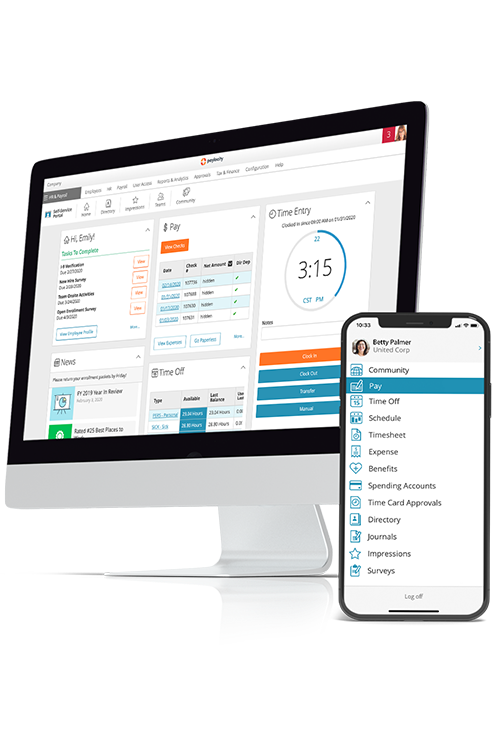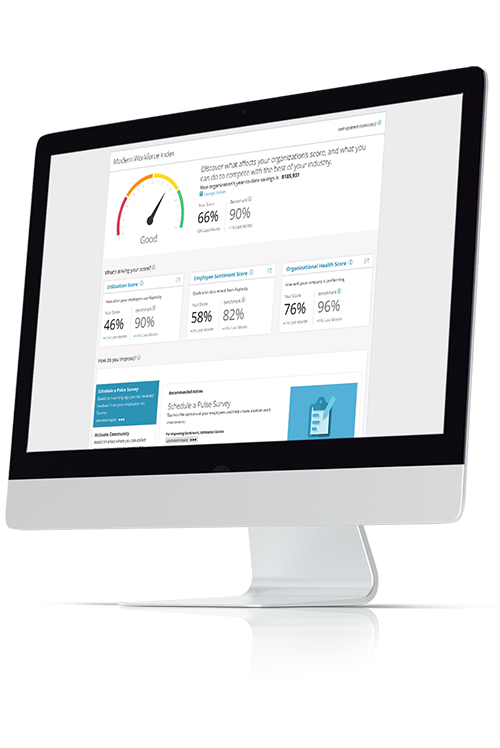What Is an ESS Portal?
In the not-too-distant past, HR departments had to do a lot of heavy lifting when managing employee information. The widespread adoption of Human Resource Information Systems (HRIS), of which ESS is a central component, has changed all that.
Employee self-service, or HRIS self-service, greatly simplifies and streamlines workforce management by enabling employees to manage their information independently. This eliminates many administrative-related tasks for HR, freeing up time to focus on employee retention, or other high-level initiatives.
While employee self-service can exist as a standalone asset, many HCM systems include an employee self-service portal as part of an all-in-one technology suite.
In many cases, employee self-service software is available as a desktop application or through a mobile app, which can accommodate a variety of work environments and enhance accessibility for all employees.
How Do Employee Self-Service Portals Work?
ESS is typically located within an organization’s intranet, a standalone portal, or is integrated with their HCM software. Each employee receives a unique login, which they can use to sign in to the system.
Employee self-service portals are secure and available 24/7, wherever and whenever an employee has an internet connection, so connection to their organization is never broken. Once inside, employees can utilize various tools (more on that below) to address HR and payroll-related needs.
Employees’ ability to control their information is fundamental to these self-service platforms. They can edit information like time off requests, benefits, and enrollments, as well as personal data, such as home address or emergency contacts.
Some ESS systems allow supervisors to approve time off requests, further eliminating administrative demands on HR. These portals often can transmit information across one system, which ensures accuracy and eliminates task redundancy.






